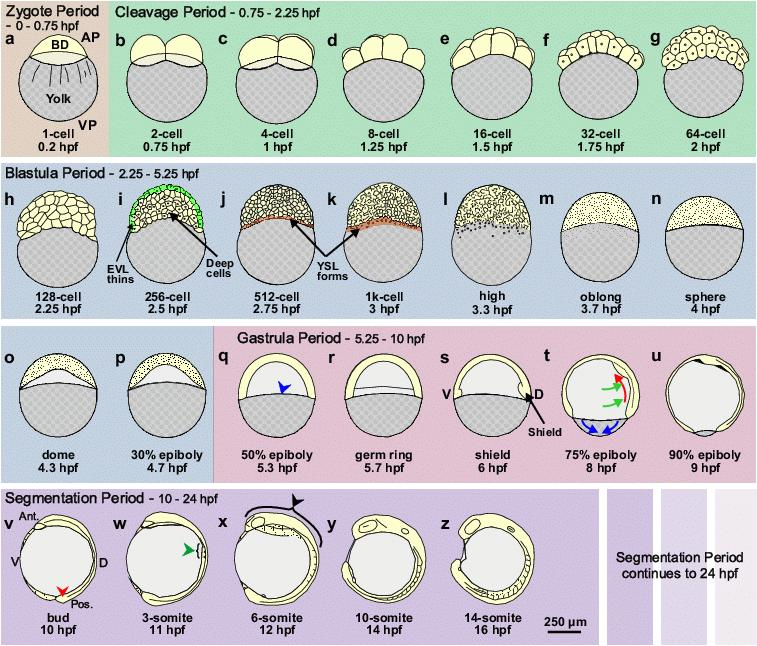
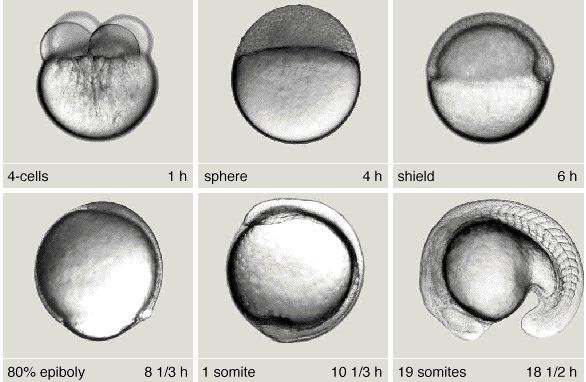

| Group | Superfamily | Family | Identified in our Lab | Identified by other Lab |
| IS630-Tc1-mariner/ITm | Tc1/mariner | DD34E/ZB and ZB like | Y | |
| DD34E/SB and SB like | Y | |||
| DD34E/Skipper (SK) | Y | |||
| DD34E/Passport | ? | |||
| DD34E/Frog Prince | ? | |||
| DD35E/Traveler (TR) | Y | |||
| DD36E/Incomer (IC) | Y | |||
| DD37E/TRT | Y | |||
| DD37E/Mosquito (MS) | Y | |||
| DD38E/Intruder (IT) | Y | |||
| DD34D/Mariner | Y (unpublished data) | |||
| DD37D/maT | Y | |||
| DD39D/Guest (GT) | Y | |||
| DD41D/Visitor (VS) | Y | |||
| pogo | Fot/Fot-like (DD35D) | Y | ||
| Passer (PS)/DD35D | Y | |||
| Tigger/DD29-36 | Y | |||
| pogoR/DD29-59D | Y | |||
| Lemi/DD29D-42D | Y | |||
| Mover/DD36E | Y | |||
| DD82E/Sailor | DD82E/Sailor | Y | ||
| DD34E/Gambol | DD34E/Gambol (GB) | Y | ||
| DD35E/Hiker (HK) | Y | |||
| IS256/DxxH | hAT | TcBuster/TB | Y | |
| Ac | ? | |||
| Tip | ? | |||
| Cleaner/CN | Y (unpublished data) | |||
| Dancer/DN | Y (unpublished data) | |||
| Roamer/RM | Y (unpublished data) | |||
| MuDR | MuDR | ? | ||
| IS1380/piggyBac | piggyBac | Pokey | Y (unpublished data) | |
| ? | ||||
| IS5/PHIS | PHIS | PIF/Harbinger | Y | |
| ISL2EU | Y | |||
| Spy | Y (unpublished data) | |||
| Pangu | Y | |||
| NuwaI | Y | |||
| NuwaII | Y | |||
| CCHH | Transib | Transib | ? | |
| EnSpm/CACTA | EnSpm/CACTA | ? |
一、转座元件 介绍
TE education: RepBase (girinst.org)
转座元件(Transposable element,TE)
转座元件(Transposable element,简称TE),又称转座子或移动元件,是一类DNA片段的集合,可以通过转座作用在基因组中从一个位置移动或复制到另一个位置。TE的长度范围从小于100个碱基对到超过20,000个碱基对不等。转座之后,很多类型TE两侧都含有短的(约1-20个碱基对)直接重复序列,这些直接重复序列是转座过程中从靶序列中衍生出来的靶位点重复序列(target site duplications,TSDs)。然而,一些TE类型,例如Helitron、几个Harbinger家族和CR1逆转座子,不产生TSDs。TSD的长度通常是一组TE及其相关物种的特征,但在不同家族和超家族中可能有所变化。在多数真核生物基因组中,TE是重复序列的主要成份。其他重复序列包括串联重复序列(卫星序列或微卫星)、零星的基因组重复以及一些多拷贝宿主基因(如rRNA、tRNA、组蛋白基因等)。事实上,TE可以被视为基因组内的寄生元件。同样地,细胞间病毒也可以被视为TE,因为它们可以整合到宿主基因组中,例如LTR-逆转录病毒。TE对宿主基因组具有多样化的进化影响。
阅读更多Transposable element – Wikipedia
转座元件
转座元件(TE),也称为转座子或跳跃基因,是DNA中的一种核酸序列,可以在基因组内改变其位置,有时会介导产生突变或逆转突变,从而改变细胞的遗传特征和基因组大小。转座往往导致相同遗传物质的复制。在人类基因组中,L1和Alu转座子是两个典型例子。巴巴拉·麦克林托克在1983年因发现转座子而获得了诺贝尔奖。 转座子在个性化医学中的重要性日益凸显;在多维大数据组学分析中,转座子也越来越受到关注。
在真核生物中,转座子占据了基因组的很大一部分,是真核细胞中DNA质量的主要决定因素。尽管转座子是自私的遗传元件,但许多转座子在基因组功能和进化中都发挥重要作用。转座子对于科学研究人员来说也非常有用,可以利用转座子对活有机体进行体内DNA遗传修饰。
转座子至少可以分为两大类:I类转座子(也称逆转录转座子),通常需要通过逆转录方式介导转座,而II类转座子(也称DNA转座子),能编码转座酶,介导转座(包括转座子在原有位置的切除和和新位置的插入),有些转座子也编码其他蛋白质。
阅读更多Copy-out–Paste-in IS elements identifed in prokaryotes
| Families | groups | Size-range | DR | Ends | IRs | Nb ORF | Frameshift | Chemistry |
|---|---|---|---|---|---|---|---|---|
| IS1 | IS1 | 740-1180 | 8-9 | GGnnnTG | Y | 2 | ORFAB | DDE |
| ISMhu11 | 900-4600 | 0-10 | Y | 2 | ORFAB | |||
| IS3 | IS911 | 1250 | Y | 2 | ORFAB | |||
| IS150 | 1200-1600 | 3-4 | TG | Y | 2 | ORFAB | DDE | |
| IS407 | 1100-1400 | 4 | TG | |||||
| IS51 | 1000-1400 | 3-4 | TG | |||||
| IS3 | 1150-1750 | 3-4 | TGa/g | |||||
| IS2 | 1300-1400 | 5 | TG | |||||
| IS481 | – | 950-1300 | 4-15 | TGT | Y | 1 | ||
| IS30 | – | 1000-1700 | 2-3 | Y | 1 | DDE | ||
| IS110 | IS110 | 1200-1550 | 0 | N | DEDD | |||
| IS1111 | Y * | DEDD | ||||||
| IS256 | – | 1200-1500 | 8-9 | Ga/g | Y | 1 | DDE | |
| ISL3 | – | 1300-2300 | 8 | GG | Y | 1 | ||
| IS21 | – | 1750-2600 | 4-8 | TG | Y | 2 * | DDE | |
| ISLre2 |
Classification, terminal features, TSD features and the number of entries of DNA transposons in Repbase
| Group | Superfamily | Termini | Mechanism | TSD | Entries |
|---|---|---|---|---|---|
| IS630/Mariner | Mariner/Tc1 | YR..YR | Cut-and-paste | TA | 2,539 |
| Zator | GG..CC | Cut-and-paste | 3 | 54 | |
| IS481/Ginger | Ginger1 | TGT..ACA | Cut-and-paste | 4 | 39 |
| Ginger2/TDD | TGT..ACA | Cut-and-paste | 4–5 | 20 | |
| IS3/IS3EU | IS3EU | TAY..RTA | Copy-out–Paste-in? | 6 | 23 |
| IS1016/Merlin | Merlin | GG..CC | Cut-and-paste | 8–9 | 75 |
| IS256/DxxH | hAT | YA..TR | Cut-and-paste | 5–8 | 2,955 |
| MuDR | GR..YC | Cut-and-paste | 8–9 | 1,345 | |
| P | CA..TG | Cut-and-paste | 7–8 | 189 | |
| Kolobok | RR..YY | Cut-and-paste | TTAA | 286 | |
| Dada | ? | 6–7 | 36 | ||
| IS1380/piggyBac | piggyBac | YY..RR | Cut-and-paste | TTAA | 377 |
| IS5/PHIS | Harbinger | RR..YY | Cut-and-paste | 3 | 1,097 |
| ISL2EU | RR..YY | Cut-and-paste? | 2 | 88 | |
| Spy | Cut-and-paste | no | |||
| NuwaI | |||||
| NuwaII | |||||
| Pangu | |||||
| CCHH | EnSpm/CACTA | CAC..GTG | Cut-and-paste | 2–4 | 715 |
| Transib | CAC..GTG | Cut-and-paste | 5 | 123 | |
| KDZP | Zisupton | ? | ? | 8 | 18 |
| Sola | Sola | Cut-and-paste | |||
| Sola1 | ? | Cut-and-paste | 4 | 100 | |
| Sola2 | GRG..CYC | Cut-and-paste | 4 | 90 | |
| Sola3 | GAG..CTC | Cut-and-paste | TTAA | 28 | |
| Unclassified Sola | Cut-and-paste | 1 | |||
| ? | Academ | YR..YR | Cut-and-paste | 3–4 | 90 |
| ? | Novosib | CA..TG | Cut-and-paste | 8 | 9 |
| Crypton | Crypton | Copy-out–Paste-in | |||
| CryptonF | Copy-out–Paste-in | 0 | 23 | ||
| CryptonA | TTA.. | Copy-out–Paste-in | 0 | 17 | |
| CryptonI | ? | Copy-out–Paste-in | 0 | 9 | |
| CryptonS | TATGG.. | Copy-out–Paste-in | 0 | 59 | |
| CryptonV | ? | Copy-out–Paste-in | 0 | 46 | |
| Unclassified Crypton | Copy-out–Paste-in | 80 | |||
| Helitron | Helitron | TC..CTRR | Rolling circle | 0 | 955 |
| Polinton | Polinton | AG..CT | Self-synthesizing | 6 | 108 |
| Unclassified DNA transposon | 2,357 | ||||
| Total | 13,960 |
Eukaryotic cut-and-paste transposase superfamilies
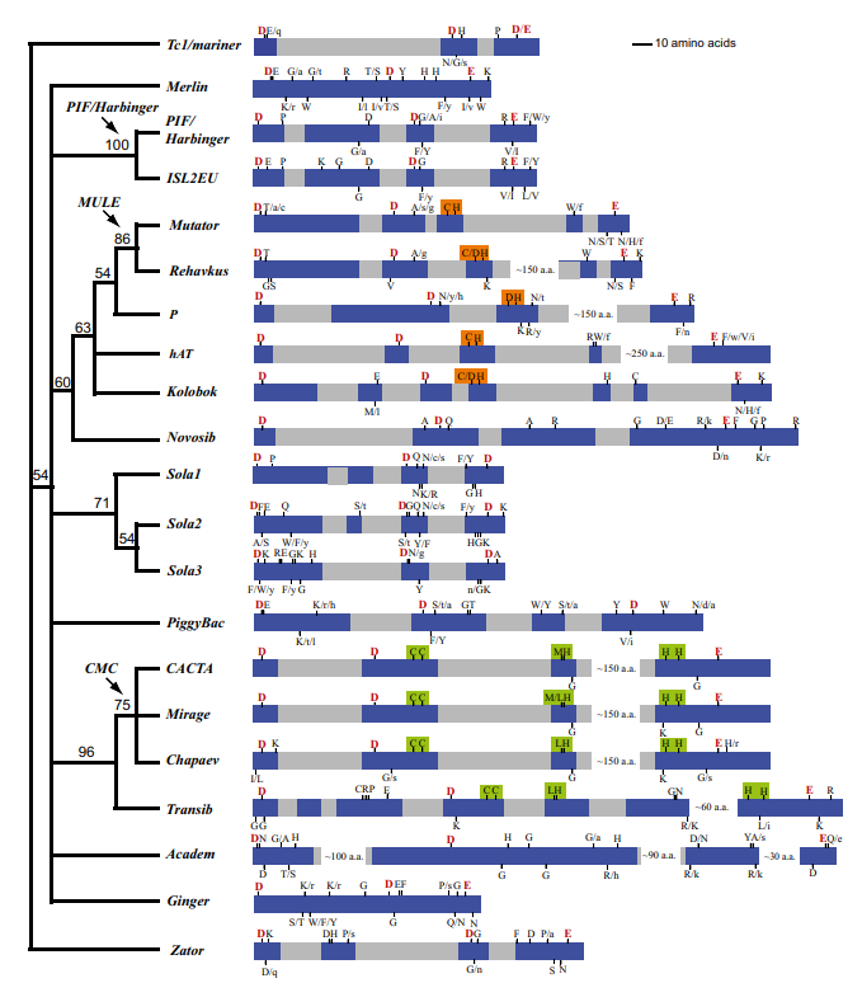
Fig. 2. An unrooted consensus tree of the transposase superfamilies inferred from the presence or absence of the highly conserved residues in the signature strings. Bootstrap values are at the nodes. The arrows with labels indicate superfamily clusters merged in our revised classification. Shown on the right is a schematic representation of the DDE/D domain and the signature string for each superfamily. Conserved blocks are highlighted in blue, variable regions are in gray. White gaps are regions not drawn to scale. The DDE triads are highlighted in red. Alternative residues are marked by slashes; lowercase indicates that a residue occurs in <10% of the sequences in the alignment profile. The C/DH motif is highlighted in orange; the C(2)C, [M/L]H, and H(3-4)H motifs are highlighted in green.
List of Copy-out–Paste-in IS elements
List of mobile elements whose transposases have been examined by secondary structure prediction programs
| Family | Element (or protein) analyzed | Active or # copies in genome1 | From secondary structure, type of DDE/D motif2 | Relevant references3 |
| IS1 | IS1NISSto9 | >40*5 | DD(24)EDD(20)E | * Nyman et al., 1981; Ohta et al., 2002, 2004; Siguier et al., 2009 |
| IS1595 | 1. ISPna2 | ?,DD(36)N” | Siguier et al., 2009 | |
| 2. ISH4 | ?,DD(36)E” | Siguier et al., 2009 | ||
| 3. IS1016C | ?,DD(34)E” | Siguier et al., 2009 | ||
| 4. IS1595 | ?,DD(35)N” | Siguier et al., 2009 | ||
| 5. ISSod11 | 13 | DD(34)H | Siguier et al., 2009 | |
| 6. ISNWi1 | ?,DD(35)E” | Siguier et al., 2009 | ||
| 7. ISNha5 | ?,DD(33)E” | Siguier et al., 2009 | ||
| Merlin: MERLIN1_SM | Consensus | DD(36)E | Feschotte, 2004 | |
| IS3 | IS911 | Active | DD(35)E | Polard and Chandler, 1995; Rousseau et al., 2002 |
| IS481 | IS481 | ?00* | DD(35)E | *Glare et al., 1990; Chandler and Mahillon, 2002 |
| IS4 | IS50R | Active | PDB ID: 1muhDD(-strand)E | Rezshazy et al., 1993; Davies et al., 2000 |
| IS701 | IS701ISRso17 | Active (15*)7 | DD(-strand)E | *Mazel et al., 1991 |
| ISH3 | ISC1359ISC1439A | 513 | DD(-strand)E | |
| IS1634 | IS1634ISMac5ISPlu4 | Active (?0*)77 | DD(-strand)E | *Vilei et al., 1999 |
| IS5 | IS903 | Active | DD(65)E | Derbyshire et al., 1987; Rezshazy et al., 1993; Tavakoli et al., 1997 |
| PIF/Harbinger: PIFa (Z. mays) | Active | DD(59)E | Zhang et al., 2001; Kapitonov and Jurka, 2004; Sinzelle et al., 2008 | |
| IS1182 | IS660ISPsy6 | 314 | DD(-strand)E | Takami et al., 2001 |
| IS6 | IS6100 | Active | DD(34)E | Martin et al., 1990; Mahillon and Chandler, 1998 |
| IS21 | IS21 | Active | DD(45)E | Mahillon and Chandler, 1998; Berger and Haas, 2001 |
| IS30 | IS30 | Active | DD(33)E | Caspers et al., 1984; Mahillon and Chandler, 1998 |
| IS66 | IS679ISPsy5ISMac8 | Active333 | DD(-helical?)E | Han et al., 2001 |
| IS110 | IS492IS1111 | Active20 | DEDDDEDD | Perkins-Balding et al., 1999; Buchner et al., 2005 |
| IS256 | IS256 | Active | DD(-helical)E | Mahillon and Chandler, 1998; Prudhomme et al., 2002 |
| MuDr/Foldback (Mutator) | Active | DD(-helical)E | Eisen et al., 1994; Babu et al., 2006; Hua-Van and Capy, 2008 | |
| IS630 | ISY100 | Active | DD(34)E | Doak et al., 1994; Feng and Colloms, 2007 |
| Tc1/mariner: Mos1 (D. mauritiana) | Active | PDB ID: 2f7tDD(34)D | Plasterk et al., 1999; Richardson et al., 2006 | |
| Zator: Zator-1_HM | 36* | DD(43)E | *Bao et al., 2009 | |
| IS982 | ISPfu3 | 5 | DD(47)E | Mahillon and Chandler, 1998 |
| IS1380 | IS1380A | ?00* | DD(-strand)E | *Takemura et al., 1991; Chandler and Mahillon, 2002 |
| piggyBac (T. ni) | Active | DD(-strand)D | Cary et al., 1989; Sarkar et al., 2003; Mitra et al., 2008 | |
| ISAs1 | ISAzo3 | 7 | DD(-strand)E/D? | |
| ISL3 | IS31831IS651 | Active22 | DD(-helical)E | Suzuki et al., 2006 |
| Tn3 | Tn3 (E. coli) | Active | DD(-helical?)E | Grindley, 2002 |
| hAT | Hermes (M. domestica) | Active | PDB ID: 2bw3 DD(-helical)E insertion | Warren et al., 1994; Rubin et al., 2001; Hickman et al., 2005 |
| CACTA | CACTA1 (A. thaliana) En/Spm ZM | Active | DD(-helical?)E/D? | Miura et al., 2001; DeMarco et al., 2006 |
| P | Drosophila | Active | ? | Rio, 2002 |
| Transib | Transib1_AG | Consensus | DD(-helical)E | Kapitonov and Jurka, 2005; Chen and Li, 2008 |
| RAG1 (M. musculus) | Active | DD(-helical)E | Kim et al., 1999; Landree et al., 1999; Lu et al., 2006 | |
| Sola | Sola3-3_HM | Multiple copies* | DD(40)E | *Bao et al., 2009 |
Hickman AB, Chandler M, Dyda F. Integrating prokaryotes and eukaryotes: DNA transposases in light of structure. Crit Rev Biochem Mol Biol. 2010 Feb;45(1):50-69. doi: 10.3109/10409230903505596.
Classification, distribution and the number of entries of LTR retrotransposons in Repbase
| Superfamily | Total |
|---|---|
| Copia | 10,595 |
| Gypsy | 6,694 |
| BEL | 1,855 |
| ERV | |
| ERV1 | 1,967 |
| ERV2 | 1,266 |
| ERV3 | 657 |
| ERV4 | 187 |
| Lentivirus | 4 |
| Unclassified ERV | 325 |
| Unclassified LTR | 719 |
| DIRS | 418 |
Classification, and the number of entries of non-LTR retrotransposons in Repbase
| Group | Clade | Total |
|---|---|---|
| CRE | CRE | 43 |
| R2 | R4 | 46 |
| Hero | 23 | |
| NeSL | 106 | |
| R2 | 159 | |
| Dualen | RandI/Dualen | 13 |
| L1 | Proto1 | 6 |
| L1 | 1,690 | |
| Tx1 | 273 | |
| RTE | RTETP | 1 |
| Proto2 | 47 | |
| RTEX | 138 | |
| RTE | 487 | |
| I | Outcast | 23 |
| Ingi | 17 | |
| Vingi | 141 | |
| I | 195 | |
| Nimb | 108 | |
| Tad1 | 141 | |
| Loa | 74 | |
| R1 | 237 | |
| Jockey | 243 | |
| CR1 | Rex1 | 95 |
| CR1 | 803 | |
| Kiri | 91 | |
| L2 | 285 | |
| L2A | 5 | |
| L2B | 27 | |
| Crack | 140 | |
| Daphne | 227 | |
| Ambal | Ambal | 8 |
| Penelope | Penelope | 477 |
| SINE | SINE1/7SL | 95 |
| SINE2/tRNA | 539 | |
| SINE3/5S | 30 | |
| SINEU | 17 | |
| Unclassified SINE | 112 | |
| Unclassified non-LTR retrotransposon | 179 | |
| Total | 7,341 |
Reference: Kenji K. Kojima, Structural and sequence diversity of eukaryotic transposable elements, Genes & Genetic Systems, 2019, Volume 94, Issue 6, Pages 233-252
Proposal of TE classes with some members having a DNA transposon phenotype

Reference: Benoît Piégu, Solenne Bire, Peter Arensburger, Yves Bigot, A survey of transposable element classification systems – A call for a fundamental update to meet the challenge of their diversity and complexity,
Molecular Phylogenetics and Evolution, Volume 86, 2015, Pages 90-109,
ISSN 1055-7903, https://doi.org/10.1016/j.ympev.2015.03.009.
Major Features of Prokaryotes IS families (ISfinder)

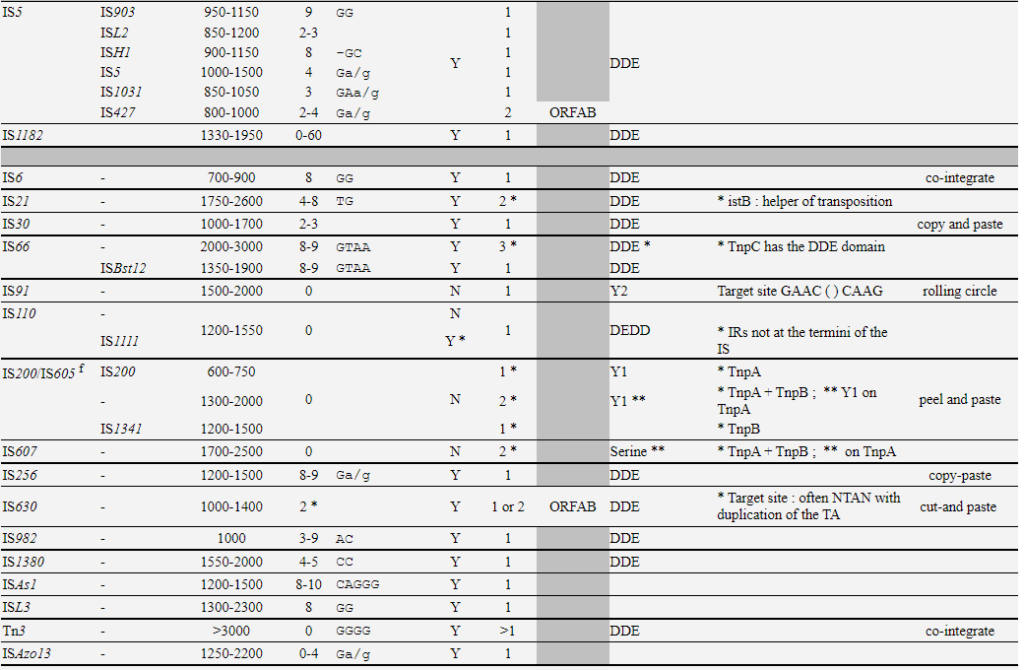
Overview of common transposon annotation tools
| Approach | Class I | Class II | ||||||||
| Name | Novo. | Struc. | Simil. | LTR | LINE | SINE | TIR | HEL | MITE | |
| RepeatMasker | x | x | x | x | x | x | x | x | ||
| RepeatModeler | x | x | x | x | x | x | x | |||
| CLARI_TE | (107) | x | x | x | x | x | x | x | x | x |
| TESeeker | (41) | x | x | x | x | x | x | x | ||
| PILER | (40) | x | x | x | x | x | x | x | ||
| Censor | (108) | x | x | x | x | x | x | x | ||
| RepLong | (109) | x | x | x | x | x | x | x | ||
| EDTA | (44) | x | x | x | x | x | x | x | x | x |
| MGEScan | (110) | x | x | x | x | x | x | |||
| LTR_Finder | (111) | x | x | |||||||
| LtrDetector | (112) | x | x | |||||||
| LTRpred | (73) | x | x | x | x | |||||
| LTRharvest | (66) | x | x | x | x | |||||
| LTRdigest | (113) | x | x | |||||||
| SINE-Finder | (68) | x | x | x | ||||||
| SINE-Scan | (69) | x | x | x | ||||||
| TIRvish | (67) | x | x | |||||||
| HelitronScanner | (42) | x | x | |||||||
| MUSTv2 | (70) | x | x | |||||||
| MiteFinderII | (71) | x | x | |||||||
| MITE-Tracker | (72) | x | x | |||||||
| detectMITE | (45) | x | x | |||||||
| MITE-Hunter | (47) | x | x | |||||||
| TransposonUltimate | ||||||||||
Distribution of TEs across the eukaryote phylogeny

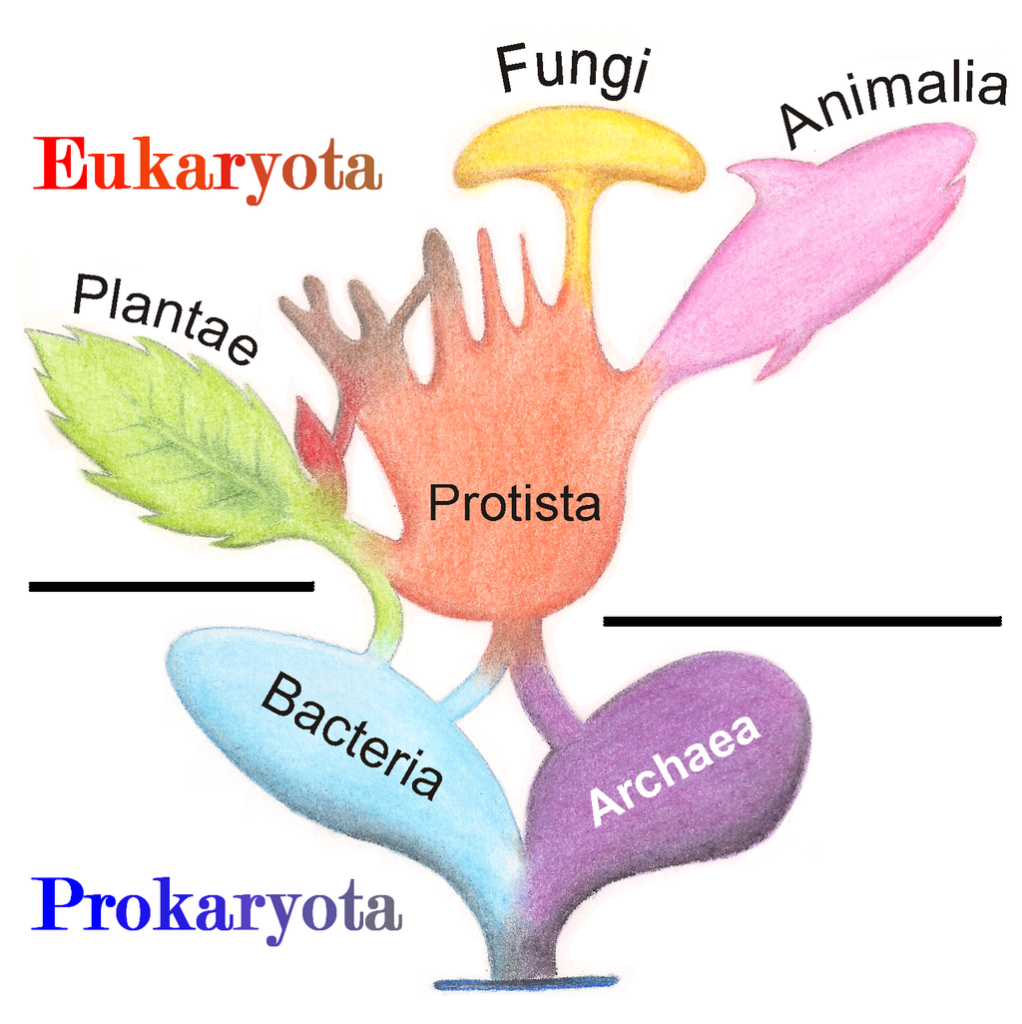
TE keynote lectures
*Part 1: Introduction to transposable elements (38 minutes) by Susan Wessler
*Part 2: How transposable elements amplify throughout genomes (70 minutes) by Susan Wessler
*Transposable Element-mediated Structural Variation: From McClintock to Pangenomes – YouTube by Susan Wessler, department of Botany and Plant Sciences, University of California (55 minutes)
The Dynamic Genome: Unintelligent Design – YouTube by Susan Wessler department of Botany and Plant Sciences, University of California (60 minutes)
阅读更多